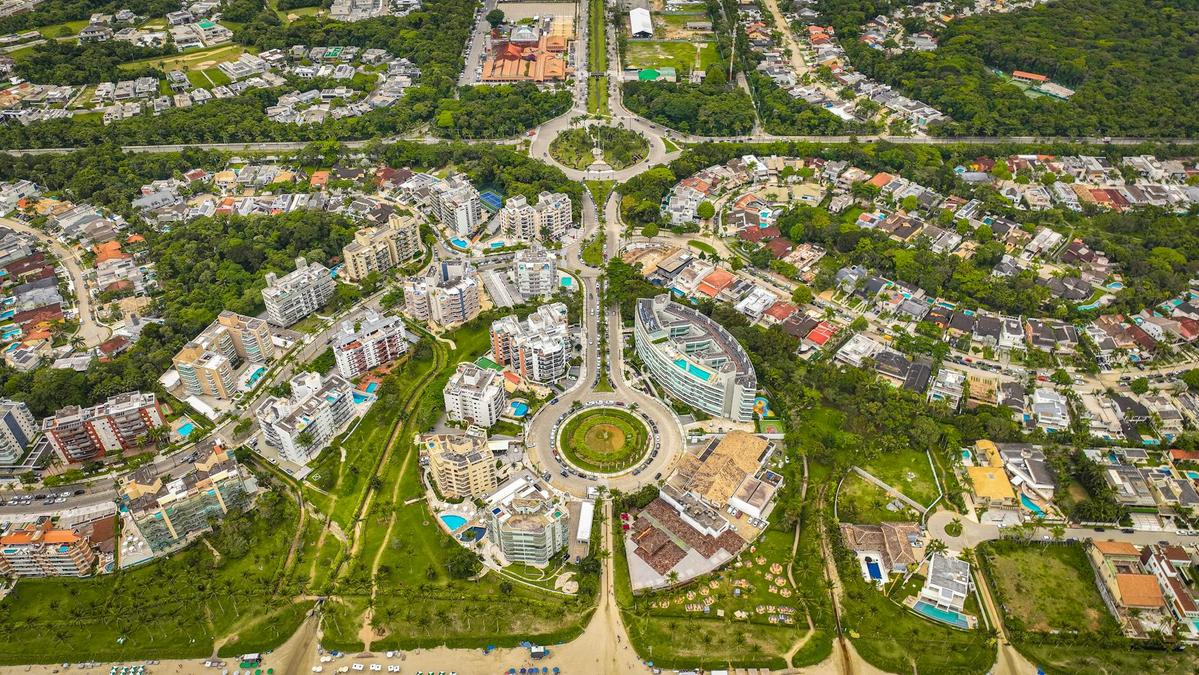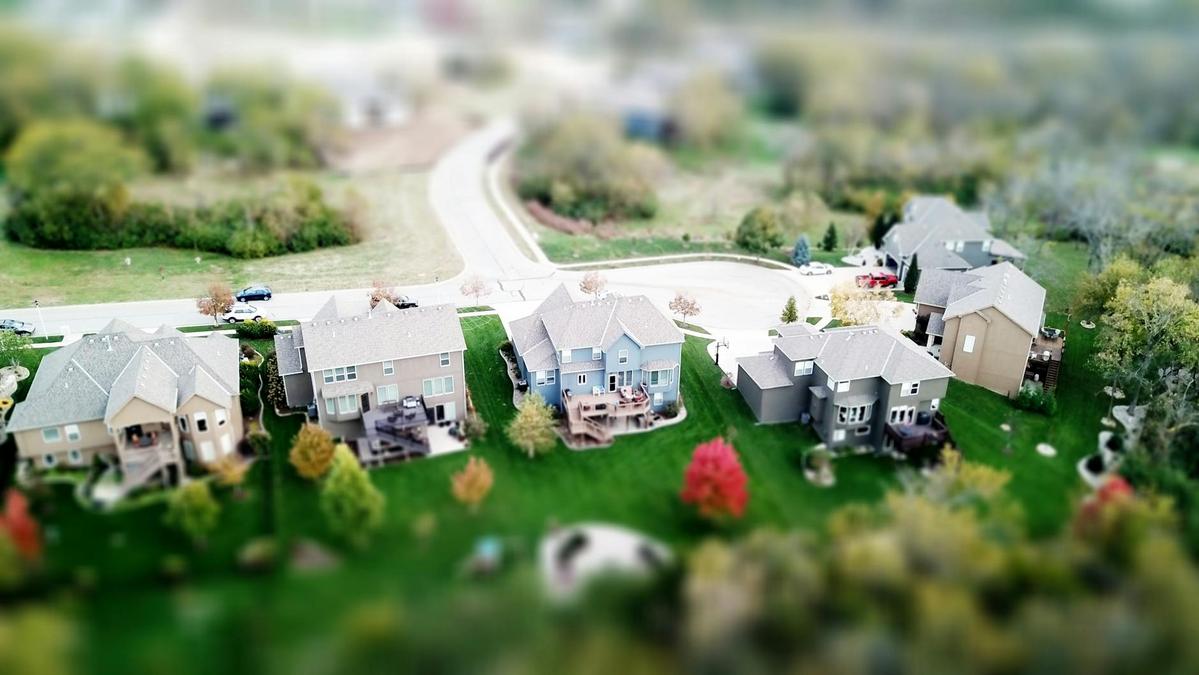As communities around the globe become increasingly aware of environmental challenges, the concept of eco-friendly living has gained significant traction. Eco-friendly communities are springing up, offering a sustainable alternative to traditional living and reshaping the future of real estate development.
The Emergence of Eco-Friendly Communities
Eco-friendly communities are not just a trend; they represent a pivotal shift in how we approach living spaces. These communities focus on sustainability, reducing carbon footprints, and enhancing quality of life through green technologies and practices. According to a report by the Global Real Estate Sustainability Benchmark, there is a growing demand for sustainable real estate, with over 60% of investors considering sustainability as a key factor in their decisions.
Expert Insights
Environmental architect, Michael Reynolds, suggests that ‘eco-friendly communities are the future of urban living, combining modern conveniences with the responsibility of environmental stewardship.’ Such insights underscore the importance of integrating sustainable practices in community planning.
Key Features of Eco-Friendly Communities
- Renewable Energy Sources: Solar panels and wind turbines are commonly used to power homes.
- Green Transportation: Bicycle paths and electric vehicle charging stations encourage low-emission commuting.
- Water Conservation: Rainwater harvesting systems and greywater recycling reduce water usage.
- Waste Management: Comprehensive recycling and composting programs minimize waste.
Each of these features contributes to reducing the overall environmental impact of the community.
Personal Experiences
Jane, a resident of a well-regarded eco-friendly community in Portland, shares her experience: ‘Living here has completely changed my perspective on sustainability. The sense of community and shared responsibility is incredibly rewarding.’
Steps Toward Sustainability
For those looking to create or join an eco-friendly community, consider the following steps:
- Engage with local planners and architects committed to sustainable development.
- Implement green building standards, like LEED certification.
- Promote community education on sustainable practices.
- Incorporate native landscaping to reduce water use.
Pro Tip: Start small by introducing community gardens and composting programs to foster a culture of sustainability.
Comparing Traditional vs. Eco-Friendly Communities
| Features | Traditional Communities | Eco-Friendly Communities |
|---|---|---|
| Energy Use | High reliance on non-renewables | Emphasis on renewable energy |
| Water Management | Standard plumbing systems | Water-saving technologies |
| Waste Disposal | Minimal recycling options | Comprehensive waste reduction |
| Transportation | Car-centric design | Support for green transport |
| Community Engagement | Limited sustainability focus | Active sustainability initiatives |
| Building Materials | Conventional materials | Sustainable, eco-friendly materials |
| Landscape | Non-native plants | Native, drought-resistant plants |
| Health Impact | Limited focus on air quality | Prioritizes clean air and water |
Frequently Asked Questions
What defines an eco-friendly community?
An eco-friendly community prioritizes sustainable practices, including renewable energy, water conservation, and waste reduction, to minimize environmental impact.
Are eco-friendly communities more expensive to live in?
While initial costs may be higher, the long-term savings on energy and water, along with health benefits, often offset these expenses.
How can I make my existing community more sustainable?
Start by implementing small changes, such as community recycling programs and promoting energy-efficient appliances.
Conclusion: Embracing eco-friendly communities is a crucial step toward a sustainable future. By adopting green practices and fostering community involvement, we can create living spaces that not only benefit the environment but also enhance our quality of life. As awareness and demand for sustainable living grow, these communities will likely become more prevalent, setting a new standard for real estate development. Consider exploring local initiatives or advocating for sustainable practices in your community to contribute to this positive change.




Leave a Reply